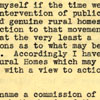 |
|
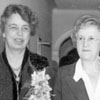 |
|
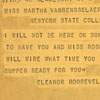 |
|
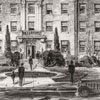 |
|
 |
|
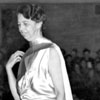 |
|

What was Eleanor Roosevelt's relationship
with Cornell's College of Home Economics?
Eleanor Roosevelt played an integral role in the development of the College of Home Economics from the 1920s to the 1940s. As the wife of Franklin D. Roosevelt, the governor of New York from 1928 to 1932, and later as First Lady, from 1933 to 1945, she employed her fame and influence in ways that resulted in greater financial support for home economics programs and increased publicity for the College. The home economics movement appealed to Roosevelt's interest in social reform for women, and she became one of its most prominent advocates. Additionally, Roosevelt's enthusiastic endorsements of home economics education programs brought national attention to the movement. As she said in a speech in 1934: "I feel I have a right to take pride and particular interest in what happens in the College of Home Economics. To me, it is the most important part of the university, for it concerns the homes of the people of this country."
Through their work for the College of Home Economics, Eleanor Roosevelt became close friends with co-directors Martha Van Rensselaer and Flora Rose. Photographs and personal correspondence reveal their camaraderie.
In January 1925, Martha Van Rensselaer, co-director of the home economics program, invited Eleanor Roosevelt to serve on the Home Economics Council of Presidents, an association of women's educational organizations, which lobbied for the creation of a state college of home economics. Roosevelt was a strong addition to the Home Economics Council; she was a member of the New York State's Advisory Council of Women, which advised the governor and legislature on women's education. Additionally, Franklin Delano Roosevelt had been a state assemblyman from 1910 to 1913, and, as a result, Eleanor had become friends with many influential figures in New York State politics. With her support one month later, the New York State legislature passed a bill that made Cornell's School of Home Economics the New York State College of Home Economics.
|
|||||||||
|
Copyright © 2001 Division
of Rare & Manuscript Collections For reference questions, send
mail to: rareref@cornell.edu
|
